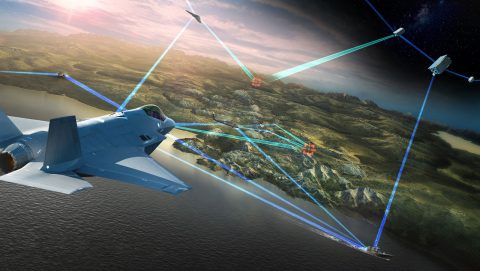Powering the Moon: Vertical Solar Arrays Charge the Way
As humanity sets its sights on establishing a sustainable presence on the Moon, one critical requirement stands out, a reliable and continuous power source. And we are at the forefront of addressing this need through the development of Vertical Solar Array Technology (VSAT), an innovative solution designed to harness solar energy efficiently in the challenging lunar environment.
VSAT's ability to provide continuous and sustainable power is foundational for various lunar operations:
- Habitation Modules: Supplying energy to life support systems, lighting and other essential functions within lunar habitats.
- Mobility Vehicles: Charging lunar rovers and other vehicles essential for exploration, science and transportation on the Moon's surface.
- In-Situ Resource Utilization (ISRU): Powering systems that extract and process local resources, reducing the need to transport materials from Earth.
Innovative Design and Testing
The Moon's south pole presents unique opportunities and challenges for solar energy capture. Certain locations receive sunlight 80% to 90% of the time, making them ideal for solar power generation. However, the Sun hovers low on the horizon, necessitating solar arrays that can capture sunlight effectively at such angles. VSAT addresses this by deploying vertically, reaching heights of up to 65 feet, ensuring optimal sunlight capture even in these conditions.

Our VSAT is engineered to autonomously deploy and retract, allowing for relocation as mission requirements evolve. The system has recently undergone rigorous testing to ensure functionality in the Moon's harsh environment:
- Simulated Lunar Gravity Deployment: The solar array system was tested by deploying its boom in conditions mimicking the Moon's gravity, which is one-sixth that of Earth's. This ensures reliable operation during actual lunar missions.
- Auto-Leveling and Alignment: VSAT demonstrated its capability to deploy on various surfaces and slopes, crucial for the uneven terrain of the lunar surface.
- Regolith Exposure: The system's survivability was tested by exposing it to regolith simulant, ensuring it can withstand the abrasive nature of lunar dust and rocks.
- Extreme Temperature Endurance: Critical materials from VSAT were subjected to the extreme low temperatures found in the shadowed regions of the lunar surface to validate their durability.
A Collaborative Effort
Our development of VSAT aligns with NASA's goals for lunar exploration. In 2022, NASA down selected Lockheed Martin as one of three companies to advance work for a solar array system concept capable of autonomous vertical deployment and retraction for relocation on the Moon. This collaboration underscores the importance of innovative power solutions in establishing a sustainable lunar economy and is one we've invested significant time and resources to continually mature.
As we look toward the future, technologies like VSAT will play a pivotal role in enabling prolonged human and robotic missions on the Moon, paving the way for further exploration and potential habitation.




